Not a member yet? Sign Up!
Info
Please use real email address to activate your registration
The last day of January was a national holiday in Indonesia due to the beginning of Chinese New Year. So I had a long weekend to leisurely review The Flavor Thesaurus by Niki Segnit.
The Flavor Thesaurus with a self explanatory subtitle (Pairings, recipes and ideas for the creative cook) examines what goes with what pair by pair. In the first entry of the book, for example, chocolate goes with 39 other ingredients: from the well-known chocolate and almond, to the less known (at least for me) chocolate and watermelon.
The Kitchen Reader selected The Flavor Thesaurus as its book for January, which I will also list in Foodies Read 2014 under non-fiction.
Vanilla pairing
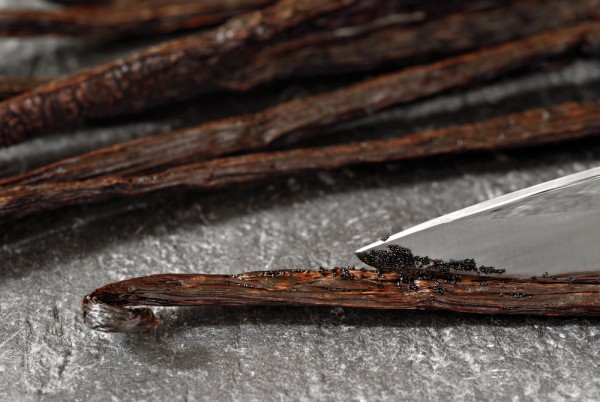
After reading the introduction I flipped the pages to the section on Vanilla, remembering the last cooking class with Life is Sweet when my group prepared fresh fruit tart and pastry cream. Among the ingredients for the pastry cream were vanilla seeds (scraped from the pods), egg yolks, sugar, four, milk and cream.
Vanilla, Niki wrote is a universally popular fragrance and flavor. She went on to describe the origin, parts of the plants, how it was used in several tribes as well as its essence and extracts. She then listed 29 other ingredients that could be paired with vanilla.
To fully appreciate the book, readers have to read the four and a half introduction pages. In those pages Niki Segnit, who has a background in food and drink marketing revealed what made her write the culinary reference book, now available at least in 13 languages.
I read the book by going through the ingredients that I have used and tasted over the years and how they are usually or unusually paired.
Flavor and taste
According to Niki Segnit she restricted the book to 99 flavors and pairing no more than two flavors, for the sake of sanity and clarity. Even with such restriction the book describes a whopping 4,851 possible pairings.
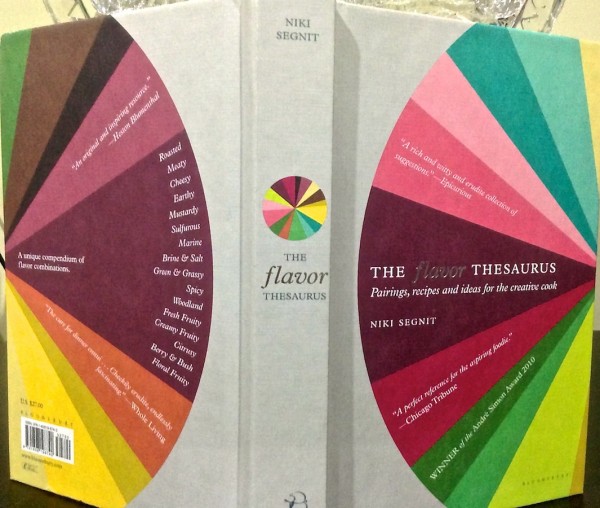
Flavor, according to Niki, is not the same as taste. Taste, noticeable in the mouth, is limited to sweetness, saltiness, sourness, bitterness, and savoriness. Flavor depends on the sense of smell.
Pinch your nose and you can tell if an ingredient is sweet or salty, but not what its flavor is.
The 400 pages book categorizes flavors into 16 categories: roasted, meaty, cheesy, earthy, mustardy, sulfurous, marine, brine & salt, green & grassy, spicy, woodland, fresh fruity, creamy fruity, citrusy, berry & bush and floral fruity.

I found the book very engaging, even without food pictures like in most food related books. It has no photos at all and no illustrations other than The Flavor Wheel on the inside cover pages (in color) and in the introduction pages (in black and white).
Again, remembering my last cooking class, I sought for Lobster Thermidor. It falls under Marine with shellfish and hard cheese as the heading. Lobster meat is served in a cream sauce laced with Gruyere and mustard and lobster Thermidor is considered controversial in terms of flavor.
In exploring the book what I found useful was neither reviewing the categories nor the flavor wheel, but going through the bibliography, recipe index, general index and pairings index.
Childhood memories
As I live in Indonesia imagine my pleasant surprise to see Indonesia under the general index with quite a number of pairings. I joyfully read Niki’s elaboration on pairing beef and coconut.
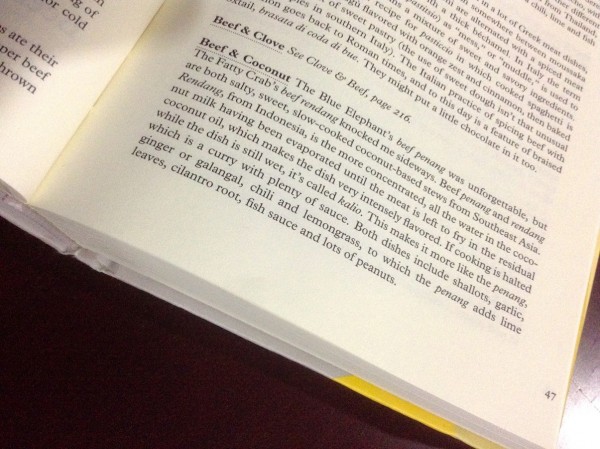
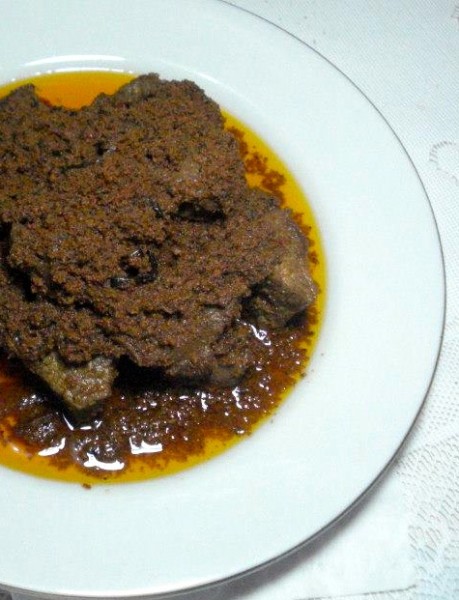
Avocado and coffee, my comfort food, is described in the book as well.
Avocado and coffee maybe an unlikely mix to Western tastes, but an avocado puree with condensed milk, sugar and coffee (or chocolate) transported me back to happy childhood days. The house I grew up in had an avocado tree and my mom always made such drink during the avocado season.
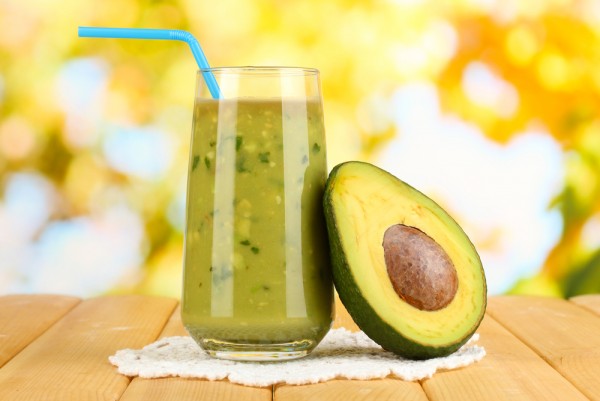
Still smiling after reminiscing my childhood days, I promised myself to keep using The Flavor Thesaurus as a culinary reference beyond the Chinese New Year celebrations.
----------------------------
Images: Vanilla Pods: Marie C Fields/Shutterstock; Avocado: Africa Studio/Shutterstock; Beef rendang: Rendang Mak Tuo; All others: Omar Niode Foundation